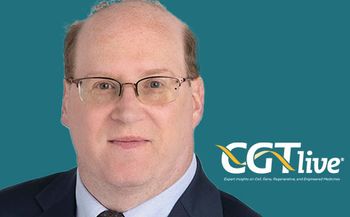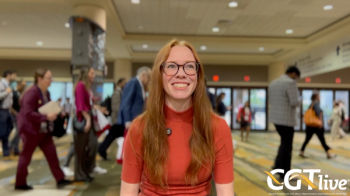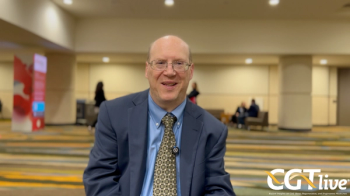
Tisagenlecleucel's High Price Aligns With Its Benefit in Pediatric B-ALL, Study Finds
Tisagenlecleucel's high price is aligned with the benefit the chimeric antigen receptor T-cell therapy provides over a patient's life. Approximately 40% of patients treated are expected to be long-term survivors.
Despite the high cost of tisagenlecleucel, the chimeric antigen receptor (CAR) T-cell therapy to treat pediatric patients with relapsed or refractory B-cell acute lymphoblastic leukemia, the benefits of the treatment support the price, according to new
A group of researchers that included individuals from the Institute for Clinical and Economic Review (ICER) compared life-years gained, quality-adjusted life-years (QALYs) gained, and incremental costs per life-year and QALY gained of tisagenlecleucel (sold as Kymriah by Novartis) with the chemoimmunotherapeutic agent clofarabine.
While research has shown that tisagenlecleucel has higher rates of response, event-free survival, and overall survival compared with other therapies used to treat this population, the “follow-up for patients receiving tisagenlecleucel is limited, with a maximum duration of less than 4 years; therefore, uncertainty remains around its long-term benefit,” the authors explained.
They used a decision analytic model to extrapolate trial evidence from 3 studies and collected all costs and outcomes expected from the CAR T-cell therapy. They analyzed the therapy from a payer perspective and estimated outcomes over a patient’s life.
They found that more than 40% of patients who initiated tisagenlecleucel would become long-term survivors or would be alive and responding to treatment after 5 years. In comparison, only 10% of patients who receive clofarabine would be long-term survivors.
The total discounted cost of tisagenlecleucel was $667,000, with 10.34 discounted life-years gained and 9.28 QALYs gained. Clofarabine had a total discounted cost of $337,000, with 2.43 discounted life-years gained and 2.10 QALYs gained. The approximate incremental cost-effectiveness ratio of tisagenlecleucel versus clofarabine was $42,000 per life-year gained and $46,000 per QALY gained.
The researchers ran multiple scenarios to account for long-term relapse and survival, and the cost-effectiveness estimates ranged from $37,000 to $77,500 per QALY gained. They concluded that tisagenlecleucel is priced in alignment with its benefits over a patient’s life.
“Financing cures in the United States is challenging owing to the high up-front price, rapid uptake, and uncertainty in long-term outcomes; however, innovative payment models are an opportunity to address some of these challenges and to promote patient access to novel and promising therapies,” the authors wrote.
Reference
Whittington MD, McQueen RB, Ollendorf DA, et al. Long-term survival and value of chimeric antigen receptor T-cell therapy for pediatric patients with relapsed or refractory leukemia [published online October 8, 2018]. JAMA Pediatr. doi: 10.1001/jamapediatrics.2018.2530.
Newsletter
Stay at the forefront of cutting-edge science with CGT—your direct line to expert insights, breakthrough data, and real-time coverage of the latest advancements in cell and gene therapy.
















































